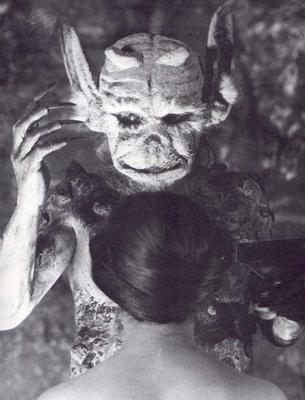
Cover to Janin’s Dead Donkey
Inspired by The Romantic Agony, I bring you some 19th century cult fiction by the likes of Jules Janin and Charles Nodier of the “frenetic school”.
“The Dead Donkey” & “The Guillotined Woman” by Jules Janin, Honore de Balzac, Terry Hale (Editor), Tony Johannot (Illustrator)
Paperback – 168 pages
This story features probably the most nauseating narrator in the entire history of literature.
In nineteenth century France there flourished a literature of horror on a par with the English Gothic novel or the German Schauerroman. It was christened ‘the frenetique school’.
The frenetique was at its peak in the late 1820s and early 1830s. Of this short-lived literary movement Jules Janin’s The Dead Donkey and he Guillotined Woman is one of the finest and certainly one of the most unpleasant examples. Jules Janin is supposed to have begun the tale as a spoof of the fashionable frenetique style. However, with its wealth of horrible incident and its sinister and claustrophobic atmosphere, it seems likely that the author actually fell in love with his subject. The bizarre duality of the novel is one of its most striking qualities.
This edition comes with Balzac’s extraordinary spoof sequel, Chapter XXX, published in an all-English edition for the first time. Masterly in-depth commentary by Terry Hale, and the celebrated illustrations by Tony Johannot. —http://www.theadamsresidence.co.uk/gothsoc/gothsoc.html [Nov 2006
Notes:
‘The frenetique school’: frenetic means fast, frantic, harried, or frenzied
In the category of “la littérature frénétique”, most frequently cited are Jules Janin, Charles Lassailly, Charles Nodier (Smarra, or the Demons of the Night (1821)) and Pétrus Borel. Its peak was the late 1820s and early 1830s.

La France frénétique de 1830: Choix de textes (1978) – Jean-Luc Steinmetz
[Amazon.com] [FR] [DE] [UK]
Some French language notes:
A côté du romantisme officiel qui occupe le devant de la scène existe un autre courant, encore marginal mais porteur d’avenir. Influencée par le roman gothique et ses images de caveaux humides, fantômes blafards et cul-de-basse-fosse ensanglantés, une certaine tendance friande d’horreur et de frissons s’épanouit en France, la littérature “frénétique”. Elle se teinte d’ailleurs assez vite d’aspects parodiques (Jules Janin, Charles Lassailly), ou alors accentue son côté sombre et pervers accompagné d’un humour très noir (Pétrus Borel “le lycanthrope”, 1809-1859). —http://gallica.bnf.fr/themes/LitXVIIIIk.htm
Every European country had its own terminology to denote the sensibility of the gothic novel. In France it was called the roman noir (“black novel”, now primarily used to denote the hardboiled detective genre) and in Germany it was called the Schauerroman (“shudder novel”). Italy and Spain must have had their own, but I am unaware of their names as of yet.
Dedalus European Classics, who’ve also lovingly published works by Rachilde has Smarra by Nodier in print in what I think is a lovely painting by Gustave Moreau:

Smarra & Trilby (1821, 1822) – Charles Nodier
[Amazon.com] [FR] [DE] [UK]










